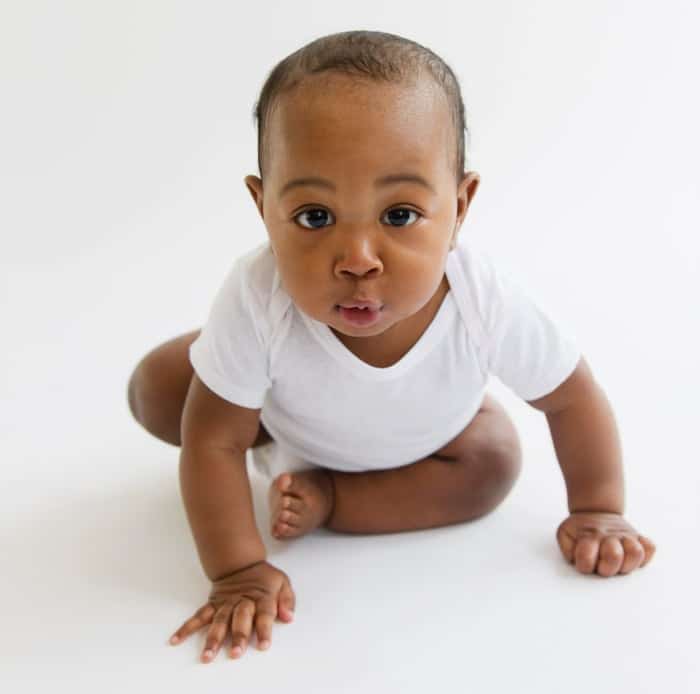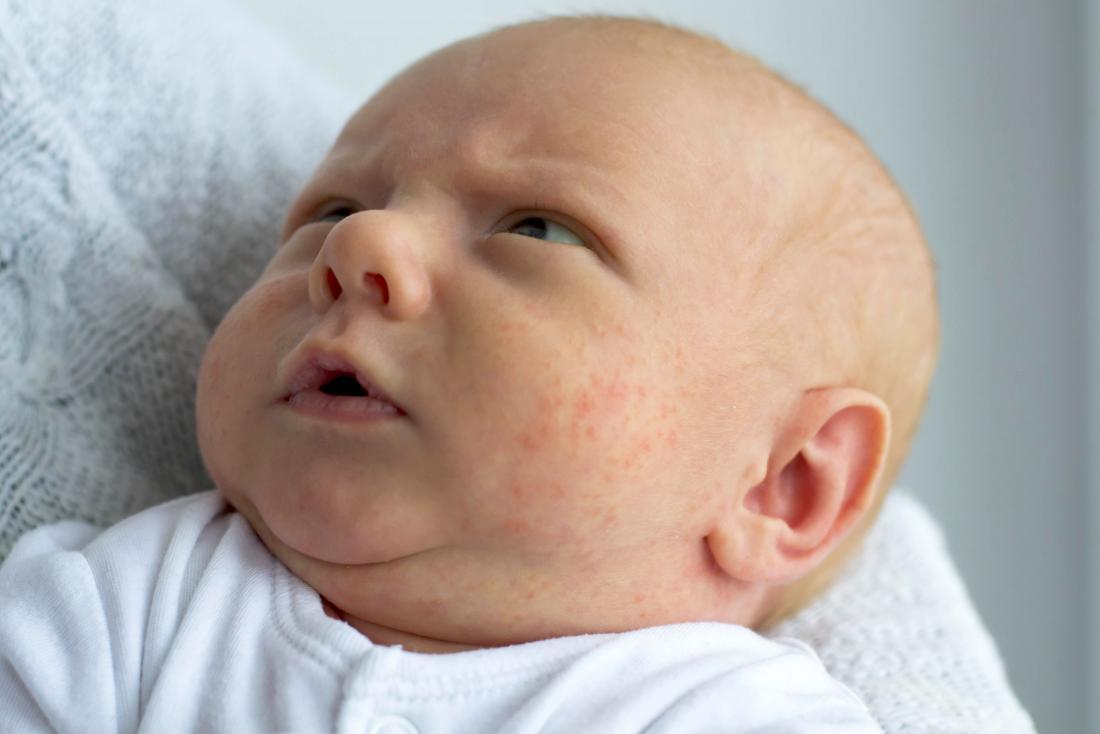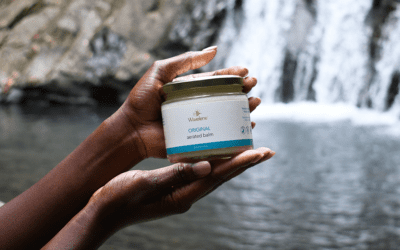There are many potential reasons why babies develop rashes. Sometimes, a rash occurs without any additional symptoms.
Other times, there may be an obvious reason for the rash, such as switching to a new soap or coming in contact with a new substance.
In other cases, a caregiver may need to talk to a doctor to figure out what could be causing the rash.
What Causes Baby Rash?
Babies have very new skin and developing immune systems. Their skin is sensitive and susceptible to many sources of irritation or infection. Causes of rashes in babies include:
- heat
- allergies
- friction
- dampness
- chemicals
- fragrances
- fabrics
Even their own feces can irritate a baby’s skin and cause a rash. Viral and bacterial infections can also cause rashes.

Depending on the cause of the rash, almost any part of your baby’s body can be affected:
- face
- neck
- trunk
- arms
- legs
- hands
- feet
- diaper area
- skin folds
Common Rashes in Newborns
Pink pimples (‘neonatal acne’) are sometimes thought to be caused by exposure in the womb to maternal hormones. No treatment is needed, just time. They can last for weeks or even months on a baby’s skin.
Erythema toxicum is another common newborn rash. It looks like red blotches with ill-defined borders that are slightly raised and may have a small white or yellow dot in the center. Its cause is unknown, and it resolves without treatment after a few days or weeks.
Dry, peeling skin can be seen in almost all normal babies but is especially noticeable in babies born a little late. The underlying skin is perfectly normal, soft, and moist.
Little white bumps on the nose and face (milia) are caused by blocked oil glands. When a baby’s oil glands enlarge and open up in a few days or weeks, the white bumps disappear.
Salmon patches (called a ”stork bite” at the back of the neck or an ”angel’s kiss” Patches Between the eyes) are simple nests of blood vessels (probably caused by maternal hormones) that fade on their own after a few weeks or months. Occasionally, stork bites never go away.
Jaundice is a yellow coloration on a baby’s skin and eyes. It is caused by an excess of bilirubin (a breakdown product of red blood cells). If the bilirubin level becomes sufficiently high, blue or white lights may be focused on the baby’s skin to lower the level because excess bilirubin can sometimes pose a health hazard.
Congenital Melanocytosis, previously called Mongolian spots, are very common in any part of the body of dark-skinned babies. They are flat, gray-blue in color (almost looking like a bruise), and can be small or large. They are caused by some pigment that didn’t make it to the top layer when the baby’s skin was being formed. They are harmless and usually fade away by school age.
New rashes may appear in babies after a few days, weeks, or even months.

Can it be Baby Acne?
Baby acne is a common, usually temporary skin condition that develops on a baby’s face or body. It results in tiny red or white bumps or pimples. In almost all cases, the acne resolves on its own without treatment.
Baby acne is also known as neonatal acne. It occurs in about 20 percent of newborns.
Baby acne is different from infantile acne in that open comedones, or blackheads, don’t usually appear in baby acne. These symptoms are common in infantile acne. Infantile acne may also appear as cysts or nodules. In rare cases, it can leave scars without treatment.
Baby acne only happens in your baby’s first few months of life. Infantile acne can last until your child is 2 years old. Infantile acne is much less common than baby acne.
Like acne in adolescents and adults, baby acne usually appears as red bumps or pimples. White pustules or whiteheads may also develop, and reddish skin may surround the bumps.
Babies can develop acne anywhere on their face, but it’s most common on their cheeks. Some babies may also have acne on their upper back or neck.
Acne may become more pronounced if your baby is fussy or crying. Rough fabrics can irritate the acne, as can vomit or saliva that stays on the face.
Baby acne may occasionally be present at birth. But, in most cases, it develops within two to four weeks after birth. And it may last for a few days or weeks, though some cases may last for several months.

Baby Eczema
The American Academy of Dermatology Association (AAD) indicates that up to 60% of people with eczema develop it in their first year of life, and up to 25% of all children have the condition.
Eczema causes red, dry skin that is commonly itchy and rough to the touch. Though there is no cure for eczema, caregivers can help reduce symptoms with proper care, such as washing, moisturizing, and reducing exposure to triggers.
Baby Diaper rash
A diaper rash appears as a red area typically around the baby’s buttocks and groin and can cause discomfort.
Keeping the area clean and dry can help prevent diaper rash. Creams are available over the counter (OTC) that can help treat the rash.





great article!